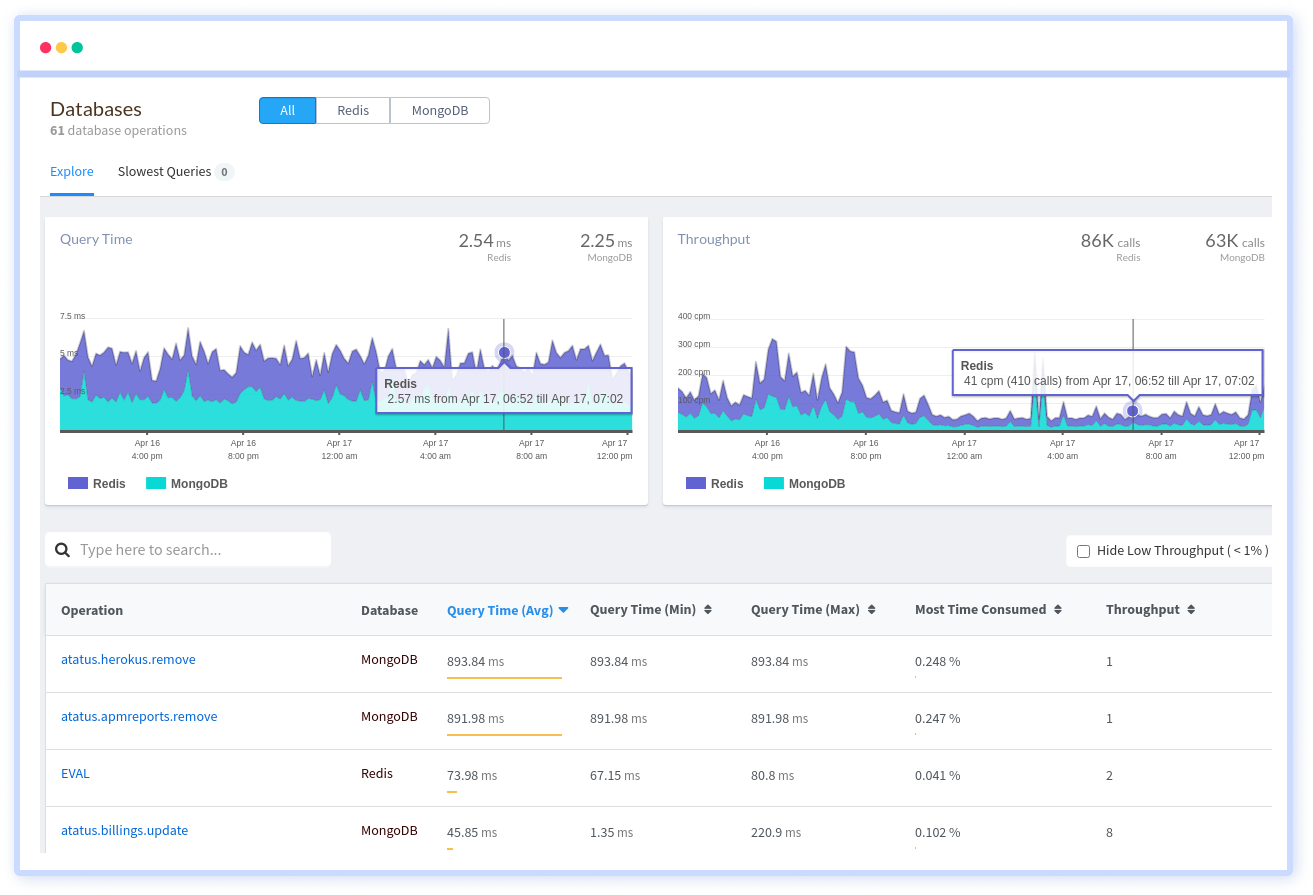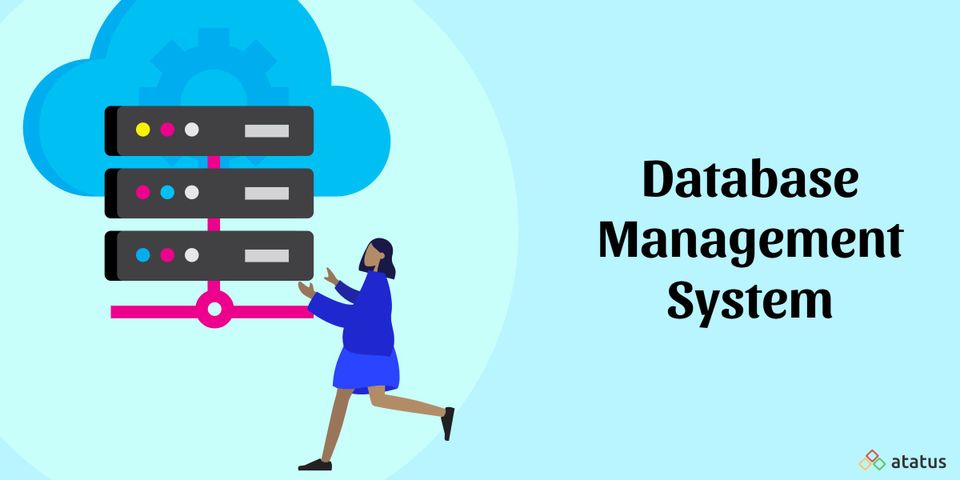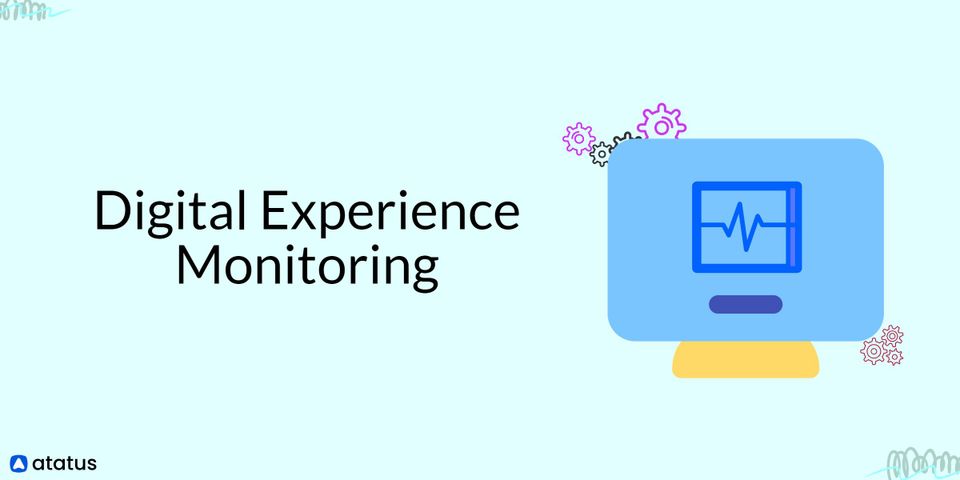Today's businesses require a data management solution that allows them to handle data efficiently across a heterogeneous yet unified data layer. Databases, data lakes and data warehouses, large data management systems, data analytics, and other data management systems are based on data management platforms.
We will go over the following:
- What is Data Management?
- What is Database Management System?
- How does DBMS Work?
- Benefits of DBMS
- Challenges in DBMS
- Why DBMS is Important?
What is Data Management?
The process of obtaining, storing, and utilizing data in a secure, efficient, and cost-effective manner is known as data management. The purpose of data management is to assist individuals, organizations, and connected things in optimizing data use within the constraints of policy and law so that they can make decisions and conduct actions that maximize the organization's profit. As organizations increasingly rely on intangible assets to produce value, a strong data management strategy is more vital than ever.
What is Database Management System?
A database management system (DBMS) is a software-defined system that manages databases, whereas database management is a set of best practices. Users in this system have access to data in a database and can read, update, create, and remove records as needed. A database management system acts as an interface, allowing end-users to access their databases to organize and access the information as needed.
A database management system is in charge of the data, the engine that allows users to access the data within the database, and the database schema, which is the database's organizational structure. A database management system (DBMS) ensures data security and integrity, but some systems also allow for automated rollbacks, restarts, logging, and auditing of database activities.
Database management systems are divided into several categories:
- A centralized system in which all data is stored in a single area and users can access it to change it.
- A distributed system in which data is stored in multiple nodes.
- Blockchain database systems keep track of all kinds of transactions, both financial and non-financial.
- A federated system can offer data without duplicating source data. This category can be further broken down into two parts:
- Access to other component databases is required by a loosely coupled database
- To work in a federated system, a tightly coupled database employs independent operations
Through DBMS, a user can have both logical and physical data independence. It means that the system can assist users or applications by informing them of the location of all vital data. An application programming interface (API) for the database is provided by DBMS. There is no need for developers to modify programs because the DBMS will handle all of the modifications.
How does DBMS Work?
The database management system (DBMS) is in charge of data management; the database engine is in charge of data access, locking, and modification; and the database schema is in charge of the database's logical structure. Concurrency, security, data integrity, and uniform data administration methods are all supported by these three core features. Change management, performance monitoring and tuning, security, and backup and recovery are some of the common database administration roles offered by the DBMS.
The DBMS provides a centralized view of data that may be accessed in a controlled manner by multiple users from different places. A database management system (DBMS) can restrict what data the end-user sees and how that data is viewed, allowing for several views of a single database schema. End-users don't need to understand where the data is located physically or on what type of storage media it resides because the DBMS handles all types of requests.
The DBMS can provide data independence on both a logical and physical level. As a result, it can shield users and applications from having to know where data is stored or being concerned about changes to data's physical structure. Developers won't have to update programs merely because the database's API has changed, as long as programs use the DBMS's API for the database.
Benefits of DBMS
Having a database management system (DBMS) in place has the following benefits for businesses:
- Controlled Data Redundancy
DBMS offers efficient storage space utilization by having centralized storage for all data, rather than having several copies of data for each application and/or user in an organization. - Maintain Data Integrity
This means that the data in the database is always correct and reflects the most recent state of the data. Data validation measures and other integrity restrictions are defined and enforced to accomplish this. - Data Sharing
Without having to supply room for new data, new applications/users can be developed, installed, and added to the system. - Avoid Data Inconsistency
Changes made to one piece of data within the enterprise will not be reflected in other sets of data within the organization, resulting in inconsistency. By minimizing data redundancy and updating all existing copies of the data with the most recent alterations made by various applications, DBMS enables the prevention of inconsistencies. - Standards Enforcement
It's simple to enforce any requirements/standards at the enterprise, departmental, sectional, national, and international levels with a centralized system. During changeovers and migrations, standards provide for smooth transitions. - Access Restriction
Multiple user and application constraints are enabled by centralized data management via DBMS, depending on their data requirements. This prevents data from being misused and increases data security. - Recovery and Backup
DBMSs feature resilient systems that allow for data recovery in the event of errors as well as an automatic backup of all corporate data according to specified schedules. - Concurrency Control
A database management system (DBMS) allows several users to simultaneously view and modify the same collection of data, with the changes reflected in real-time. Another benefit is that the DBMS can handle several views for a single database model.
Challenges in DBMS
The majority of today's data management difficulties arise from the faster speed of business and the growing amount of data. Organizations are being pushed to seek more effective management solutions as the diversity, velocity, and amount of data available to them grows.
The following are some of the most significant challenges that businesses face:
- Lack of Data Insight
Sensors, smart gadgets, social media, and video cameras are among the many sources of data that are being collected and stored. But none of that data is usable until the organization knows what data it has, where it is stored, and how to use it. To deliver valuable insights in a timely manner, data management solutions must have scale and performance. - Difficult Data Conversion
The data isn't worth anything unless it's processed, therefore collecting and identifying it isn't enough. If converting the data into what they require for analysis takes a long time and effort, the analysis will not take place. As a result, the data's potential value is gone. - Requires Constant Data Storage
Organizations store data in multiple systems in the modern world of data management, including data warehouses and unstructured data lakes that store any data in any format in a single repository. Data scientists in an organization require a mechanism to change data from its original format into the shape, format, or model they need for a variety of investigations fast and easily. - Complex Compliance Regulations
Regulations on compliance are complicated and multijurisdictional, and they are continuously changing. Organizations must be able to quickly review their data and spot anything that fits under new or changed standards. Personally identifiable information (PII) must be identified, recorded, and monitored in particular in order to comply with extremely strict global privacy.
Why DBMS is Important?
The exponential growth of data shows no signs of worsening. As a result, businesses are investing in database management tasks, database managers, and database management systems so that they can:
- Maintain the smooth operation of your business
- Customers, data inventories, and staff should all be maintained.
- Keep the application and database running smoothly
- Organize and manage a diverse set of data
The advantages of a database management system, in particular, are difficult to overlook, especially as the amount of data that people and machines generate on a daily basis grows. Improving the security of data kept in a database is one of the most notable advantages. Businesses can utilize DBMS to expand data access and let end-users across the enterprise share data. As a result of having access to the precise data they require, these end users can produce faster sales and make faster choices.
Conclusion
A DBMS gives businesses a complete, clear picture of how data is exchanged, ensuring that no duplicates are created. It's also worth noting that, like many other systems, a DBMS would necessitate more memory and CPU, so businesses should consider whether they can meet this requirement. The advantages of DBMS, on the other hand, are obvious, particularly in the case of rapidly expanding organizations.
Monitor Your Database with Atatus
Atatus provides you an in-depth perspective of your database performance by uncovering slow database queries that occur within your requests, as well as transaction traces, to give you actionable insights. With normalized queries, you can see a list of all slow SQL calls to see which tables and operations have the most impact, know exactly which function was used and when it was performed, and see if your modifications improve performance over time.

Atatus can be beneficial to your business, which provides a comprehensive view of your application, including how it works, where performance bottlenecks exist, which users are most impacted, and which errors break your code for your frontend, backend, and infrastructure.





